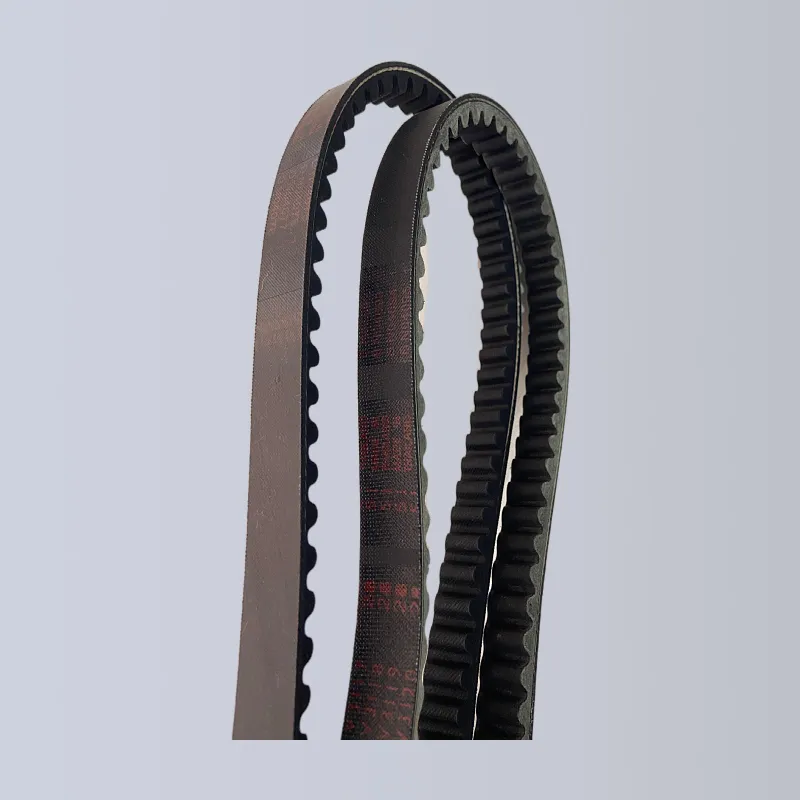- Arabic
- French
- Russian
- Spanish
- Portuguese
- Turkish
- Armenian
- English
- Albanian
- Amharic
- Azerbaijani
- Basque
- Belarusian
- Bengali
- Bosnian
- Bulgarian
- Catalan
- Cebuano
- Corsican
- Croatian
- Czech
- Danish
- Dutch
- Afrikaans
- Esperanto
- Estonian
- Finnish
- Frisian
- Galician
- Georgian
- German
- Greek
- Gujarati
- Haitian Creole
- hausa
- hawaiian
- Hebrew
- Hindi
- Miao
- Hungarian
- Icelandic
- igbo
- Indonesian
- irish
- Italian
- Japanese
- Javanese
- Kannada
- kazakh
- Khmer
- Rwandese
- Korean
- Kurdish
- Kyrgyz
- Lao
- Latin
- Latvian
- Lithuanian
- Luxembourgish
- Macedonian
- Malgashi
- Malay
- Malayalam
- Maltese
- Maori
- Marathi
- Mongolian
- Myanmar
- Nepali
- Norwegian
- Norwegian
- Occitan
- Pashto
- Persian
- Polish
- Punjabi
- Romanian
- Samoan
- Scottish Gaelic
- Serbian
- Sesotho
- Shona
- Sindhi
- Sinhala
- Slovak
- Slovenian
- Somali
- Sundanese
- Swahili
- Swedish
- Tagalog
- Tajik
- Tamil
- Tatar
- Telugu
- Thai
- Turkmen
- Ukrainian
- Urdu
- Uighur
- Uzbek
- Vietnamese
- Welsh
- Bantu
- Yiddish
- Yoruba
- Zulu
Dis . 06, 2024 05:56 Back to list
Exploring the Benefits and Features of 8PK Belt for Optimal Performance
The Benefits and Applications of 8PK Belts in Modern Machinery
In the realm of mechanical engineering and industrial machinery, belts play a critical role in ensuring the efficient transfer of power between components. Among the various types of belts available, the 8PK belt has gained significant recognition due to its unique design and versatile applications. An 8PK belt is characterized by its cross-section, which consists of eight ribs or grooves, providing substantial surface area for friction and power transmission. This article explores the advantages and diverse applications of the 8PK belt in modern machinery.
Enhanced Power Transmission
One of the most notable benefits of the 8PK belt is its ability to transmit higher torque compared to standard V-belts. This is largely attributable to the belt's multiple ribs, which distribute the load more evenly across its surface. The enhanced grip minimizes slippage, ensuring that more power is delivered from the drive to the driven component. This feature makes the 8PK belt particularly suitable for high-performance applications where reliability and efficiency are paramount.
Durability and Longevity
Another advantage of the 8PK belt is its durability. Constructed from high-quality materials such as rubber compounds reinforced with fiber, these belts can withstand harsh operating conditions, including extreme temperatures, humidity, and heavy loads. The robust design helps reduce wear and tear, leading to lower maintenance costs and prolonged service life of the belt. As a result, industries that rely on continuous operations, such as manufacturing and automotive, significantly benefit from the use of 8PK belts.
Versatile Applications
8pk belt

The versatility of 8PK belts allows them to be utilized in a wide range of applications across various industries. In automotive systems, for example, these belts are commonly used in serpentine drives, which power multiple accessories like alternators, power steering pumps, and air conditioning compressors. Their ability to handle high torque makes them ideal for demanding engine environments.
In the industrial sector, 8PK belts are employed in conveyor systems, material handling equipment, and automation machinery. Their design facilitates efficient movement of materials and products, enhancing productivity and workflow. The adaptability of the 8PK belt also means it can be customized for specific applications, allowing engineers to fine-tune machinery for optimal performance.
Installation and Maintenance
While 8PK belts offer numerous benefits, proper installation and maintenance are critical for maximizing their performance. It is essential to ensure that the belt is aligned correctly with the pulleys, as misalignment can lead to premature wear and reduced efficiency. Regular inspection is also vital; any signs of fraying, cracking, or glazing should be addressed promptly to prevent failures. Additionally, the tension of the belt should be monitored to maintain optimal performance levels.
Conclusion
In conclusion, the 8PK belt is an essential component in modern machinery, providing enhanced power transmission, durability, and versatility. Its ability to operate under demanding conditions makes it a preferred choice in various industrial and automotive applications. By investing in high-quality 8PK belts and adhering to proper installation and maintenance practices, industries can achieve greater efficiency and reliability in their operations. As technology continues to evolve, the importance and usefulness of the 8PK belt are likely to expand even further, solidifying its role as a crucial element in engineering and industrial machinery advancements.
-
Korean Auto Parts Timing Belt 24312-37500 For Hyundai/Kia
NewsMar.07,2025
-
7PK2300 90916-T2024 RIBBED BELT POLY V BELT PK BELT
NewsMar.07,2025
-
Chinese Auto Belt Factory 310-2M-22 For BMW/Mercedes-Benz
NewsMar.07,2025
-
Chinese Auto Belt Factory 310-2M-22 For BMW/Mercedes-Benz
NewsMar.07,2025
-
90916-02660 PK Belt 6PK1680 For Toyota
NewsMar.07,2025
-
drive belt serpentine belt
NewsMar.07,2025

